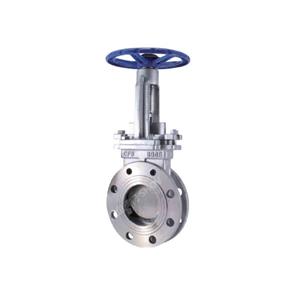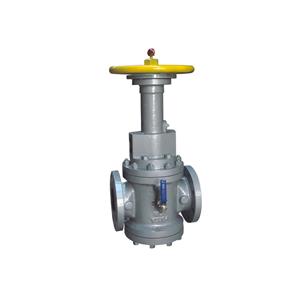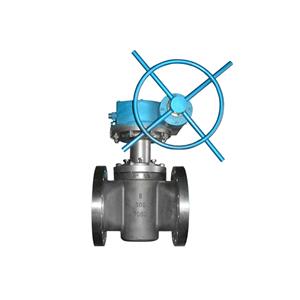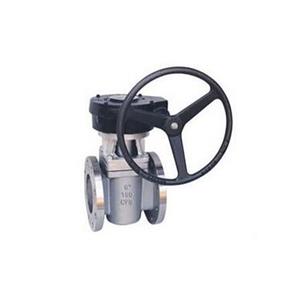Gate Valve: an important part of industrial fluid control
Gate valve is a common valve type in fluid control systems, its main function is to control the flow of liquid or gas. Gate valves are widely used in various industrial applications due to their simple yet effective design. This article will introduce the structure of gate valves.
The main components of the gate valve include the valve body, gate plate, valve seat, operating rod and operating handle.
Valve Body: The valve body is the outer shell of the gate valve and is usually made of metal. It has pipe inlets and outlets through which fluid can enter or leave the valve.
Gate: The gate is the key component for the internal movement of the gate valve. It is usually flat and moves vertically to control the passage of fluid when the valve is opened or closed. Some gate valves may have slightly different gate designs to suit specific industrial needs.
Valve seat: The valve seat is the part in contact with the gate, ensuring that the valve is effectively sealed in the closed state to prevent fluid leakage. Sealing performance is crucial to the normal operation of gate valves.
Operating lever: The operating lever connects the operating handle and the gate, allowing the operator to easily control the opening and closing of the valve through the handle or other devices. The design of the operating lever ensures reliable movement of the gate.
Operating handle: The operating handle is the part used to manually control the valve, usually by rotating or moving. The joystick is attached to the operating rod and provides intuitive manual control.




